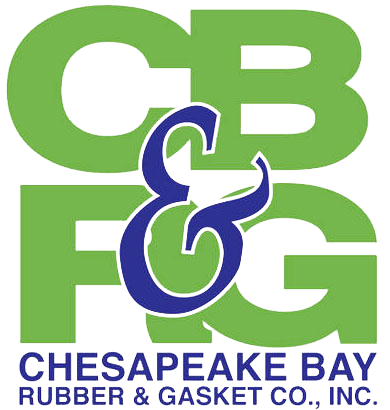HH-P-151
HH-P-151F is a military specification that outlines the requirements for cloth-inserted rubber, a versatile and durable material used in various industrial applications. This specialized rubber product is created by embedding fabric, typically cotton or synthetic fibers, within layers of rubber during the manufacturing process. The resulting composite material combines the strength and tear resistance of the embedded fabric with the elasticity and resilience of rubber. HH-P-151F cloth-inserted rubber exhibits excellent stability under pressure, resistance to abrasion, and the ability to withstand a wide range of temperatures, making it suitable for gaskets, seals, conveyor belts, and other applications where both flexibility and structural integrity are essential. This mil-spec ensures that cloth-inserted rubber meets strict quality and performance standards, making it a reliable choice for demanding situations where reliability and durability are paramount.
High quality military specification cloth inserted rubber used for gasketing and stripping.
Durometer (Shore A): 70 (ASTM-D-2240)
Tensile Strength (psi): 2,000 (ASTM-D-412)
Elongation: 450% (ASTM-D-412)
Temperature MAX: 225 degrees F
Color: Black
HH-P-151 refers to a military specification for rubber products. Specifically, HH-P-151 covers sponge rubber and solid rubber materials. Military specifications like HH-P-151 are created by the United States Department of Defense (DoD) to establish the requirements and testing procedures for materials used in various military applications.
Here are some key points about HH-P-151 rubber:
Material Composition:
HH-P-151 encompasses both sponge rubber and solid rubber materials. Sponge rubber is a cellular rubber with a porous structure, providing characteristics such as flexibility and compressibility. Solid rubber, on the other hand, is a dense and non-porous material, offering durability and resistance.
Applications:
Rubber materials specified in HH-P-151 are used in a variety of military applications. Sponge rubber may be utilized in gaskets, seals, and insulation applications where compressibility and flexibility are required. Solid rubber, with its denser structure, might find use in components that demand higher resistance and durability.
Compliance and Testing:
Manufacturers producing rubber products under HH-P-151 must comply with the specifications outlined in the document. This compliance includes meeting specific physical, chemical, and mechanical properties. The testing procedures specified in the document ensure that the rubber products can withstand environmental conditions, mechanical stress, and other factors relevant to military applications.
Quality Assurance:
Similar to other military specifications, HH-P-151 likely includes requirements for quality assurance during the manufacturing process. This may involve inspections, testing, and documentation to ensure consistent adherence to the specified standards.
Environmental Resistance:
Rubber products under HH-P-151 are expected to demonstrate resistance to environmental factors, including exposure to temperature extremes, moisture, and chemicals. This is crucial for applications where the rubber components may be subjected to challenging conditions.
Changes and Updates:
Military specifications, including HH-P-151, may undergo updates or revisions over time to incorporate advancements in materials or changes in requirements.


